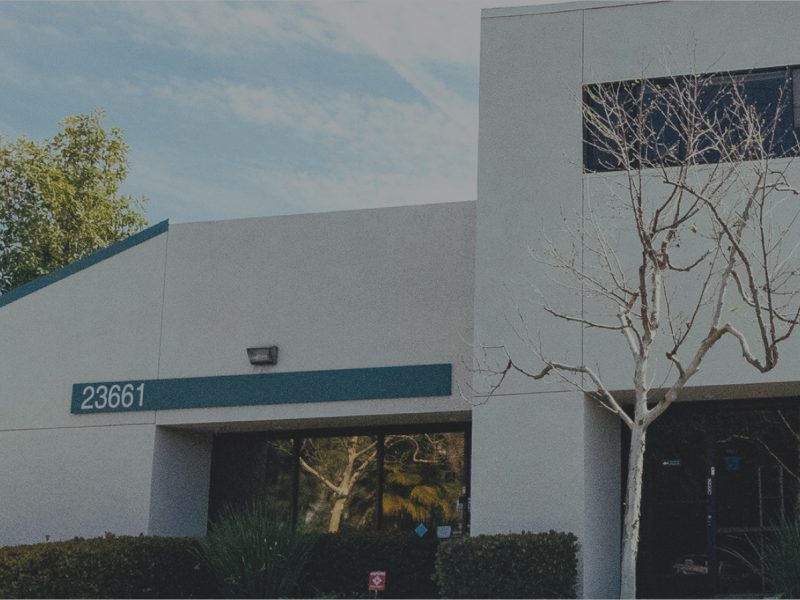
Hyaluronic acid (HA) is a naturally occurring polysaccharide that is used extensively in the pharmaceutical, cosmetic, and medical aesthetic markets due to its excellent water-holding capacity and biocompatibility. Two production methodologies of HA are in use today: extraction from animal tissue and microbial fermentation. Nevertheless, regardless of the mode of manufacture, crude extracts typically contain impurities such as protein, nucleic acids, endotoxins, and pigments, which have been found to affect purity, safety, and efficacy of hyaluronic acid. Therefore, purification is a crucial process in hyaluronic acid manufacturing, which directly affects the functionality and quality of the final product. In this paper, four common HA purification steps are introduced: quaternary ammonium salt precipitation, ethanol precipitation, filtration purification, and ion-exchange resin chromatography.
More reading: How is Hyaluronic Acid Powder Made
1. Quaternary Ammonium Salt Precipitation
Principle: Hyaluronic acid, as a negatively charged polysaccharide, precipitates with positively charged quaternary ammonium salts (e.g., cetyltrimethylammonium bromide, CTAB) to form insoluble complexes, which are easily separated from other impurities.
Procedure: An appropriate amount of quaternary ammonium salt is added to the crude HA solution and stirred for precipitation and binding. The precipitate is obtained by centrifugation and further disintegrated by a high-salt solution (e.g., NaCl) to give HA. Quaternary ammonium salts and salts are eliminated by ethanol precipitation or dialysis.
Advantages and Disadvantages: It is very selective in eliminating proteins and nucleic acids, making it best suited for the production of high-purity HA. It is a fairly complex process, but residual quaternary ammonium salts can be retained, requiring rigorous post-treatment for safety. Also, the increased cost will limit its use to mass production on an industrial level.
2. Ethanol Precipitation
Principle: Hyaluronic acid is less soluble when combined with organic solvents such as ethanol. Because of this reduced solubility, the HA precipitates out of solution while most of the other small impurities stay dissolved.
Procedure: Purification begins with a preparatory filtration or centrifugation in order to eliminate greater particles from the HA solution. Ethanol is added slowly equal to 2-3 times the volume of the solution, which leaves a final alcohol content of approximately 70-80 percent. The mixture is chilled to allow HA precipitation. The HA precipitate is centrifuged, washed with ethanol, and ultimately dried.
Advantages and Limitations: Ethanol precipitation is inexpensive, low cost, and suitable for large-scale preparation and easily removes pigments and most proteins. It has, nevertheless, poor recovery of low-molecular-weight HA, and leftover organic solvents might necessitate additional purification processes.
3. Filtration Purification
Principle: Hyaluronic acid is purified with special filters. The filters consist of two stages. In the first stage, extremely fine filters eliminate bacteria and large particles. In the second stage, special molecular filters catch the HA but permit smaller impurities to proceed.
Procedure: The raw hyaluronic acid liquid is first filtered through very small pores. These pores have diameters of 0.22 to 0.45 μm – small enough to trap germs and dirt particles. Next, the liquid is filtered through molecular filters that trap only molecules greater than 10-100 KDa. This keeps the HA and spits out the smaller impurities. Lastly, the HA solution can be washed with water using certain dialysis or filtration techniques.
Advantages and Limitations: It is gentle and effective, preserving hyaluronic acid ‘s molecular weight integrity but allowing fractionation based on size. However, membrane fouling cleaning or replacement is routine and contributes to the cost of maintenance. High initial investment in ultrafiltration equipment can also restrict its application in some environments.
4. Ion-Exchange Resin Chromatography
Principle: Carboxyl groups (–COO⁻) of hyaluronic acid are immobilized on cationic exchange resins (e.g., DEAE cellulose), which allow high-purity separation by salt gradient elution.
Procedure: Pretreat the HA solution (adjustment of pH/ion strength) and load onto the resin column. Impurities not bound (e.g., proteins, nucleic acids) are washed with low-salt buffers and stepwise increases in NaCl concentration to elute HA, which is collected afterwards.
Advantages and Limitations: This procedure results in high-purity HA, optimal for drug-grade applications, with excellent endotoxin and nucleic acid removal. It is time-consuming, operationally intensive, and expensive in terms of resin regeneration/maintenance, however, and therefore not optimally suited for high-throughput operations.
Conclusion
Each hyaluronic acid purification process is specific, and commercial production typically uses combinations of a number of processes in order to achieve maximum purity and recovery. Ethanol precipitation and filtration, for example, realize maximum cost-recovery for manufacture on a commercial scale, while ion-exchange resin chromatography with ultrafiltration delivers safety and purity for pharmaceutical-grade hyaluronic acid.
The selection of appropriate purification process requires careful consideration of cost, efficiency, and application to maintain HA quality and purity. For customers buying high-quality hyaluronic acid products, Stanford Chemicalsemploys the latest technologies for purification to provide high-purity, low-endotoxin HA with a reproducible molecular weight distribution to satisfy rigorous specifications in the pharmaceuticals, cosmetic, and medical aesthetic markets.
